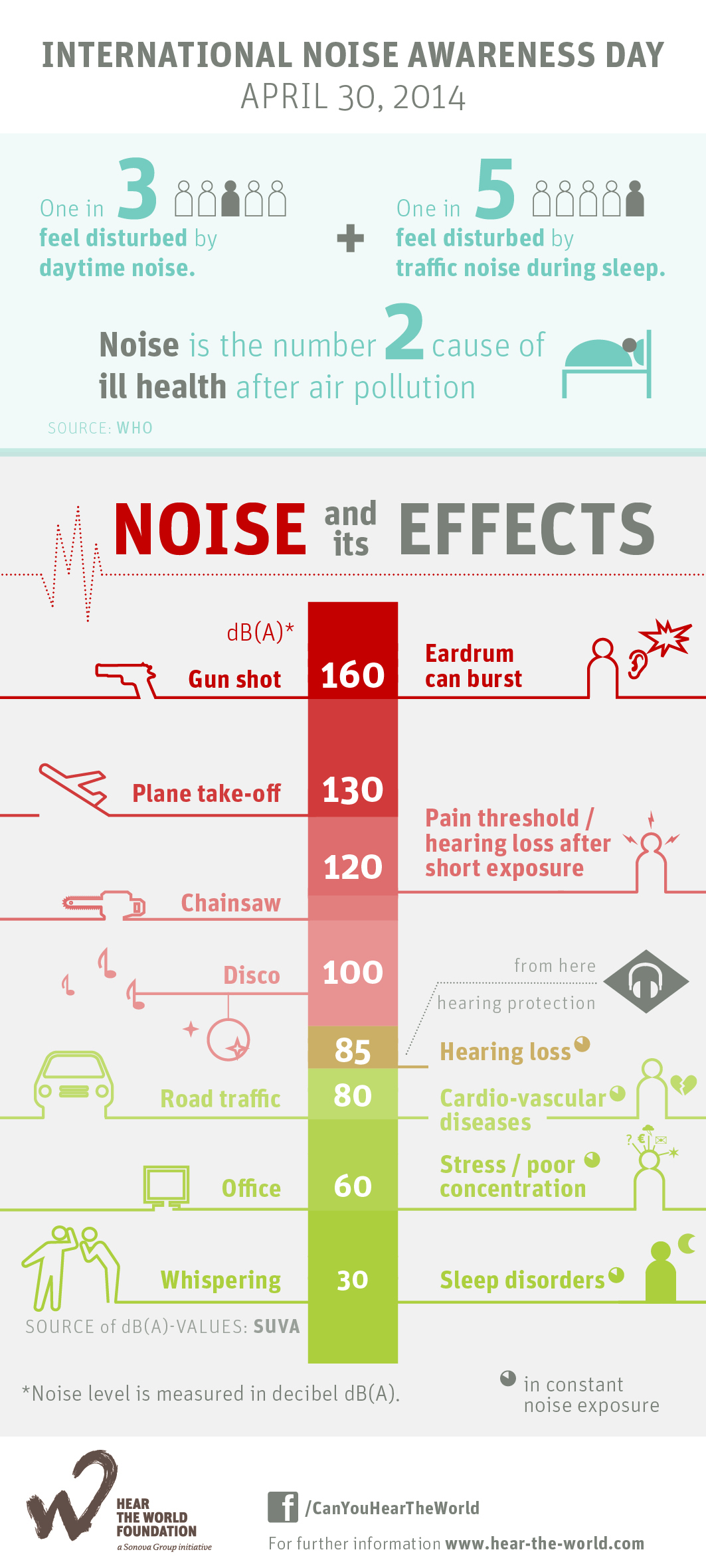Key Approaches For Dealing With Acoustic Processing Concerns In Dyslexia Can Change Discovering Experiences-- Find What Methods Can Truly Promote Success And Self-Confidence
Key Approaches For Dealing With Acoustic Processing Concerns In Dyslexia Can Change Discovering Experiences-- Find What Methods Can Truly Promote Success And Self-Confidence
Blog Article
Created By-Castillo Mccray
When you take into consideration the difficulties that dyslexic learners deal with, it's clear that acoustic handling concerns commonly play a considerable duty. You could wonder exactly how customized techniques can bridge the gap between auditory guidelines and understanding. By integrating visual help and damaging tasks right into workable steps, you could boost focus and understanding. However, the services don't quit there. What other techniques can produce a genuinely encouraging knowing atmosphere that cultivates success and confidence?
Recognizing Dyslexia and Auditory Handling
Dyslexia impacts approximately 1 in 5 people, making it among the most usual learning impairment. If you're browsing dyslexia, you might discover that it doesn't just effect reading and writing; it can likewise impact just how you process acoustic information.
Acoustic processing refers to just how your brain interprets noises, consisting of language. When you struggle with this, it can result in obstacles in recognizing spoken instructions and following conversations.
You might observe that you usually misinterpret what you listen to or that it takes much longer for you to respond in discussions. This isn't a reflection of your intelligence; it's a details trouble related to refining auditory signals.
Comprehending this link is crucial due to the fact that it helps make clear why you might master aesthetic tasks while facing hurdles in tasks that rely upon auditory comprehension.
Recognizing these challenges can equip you. By understanding the details of dyslexia and auditory processing, you can better promote for your needs, whether in educational settings or social scenarios.
It's essential to recognize these concerns so you can look for the appropriate assistance and methods in the future.
Effective Strategies for Assistance
Navigating the challenges of acoustic processing can feel overwhelming, however there are effective strategies that can assist you grow.
By implementing these methods, you can improve your learning experience and improve your ability to process acoustic info.
- ** Utilize visual help **: Combining auditory instructions with visual supports, like charts or layouts, can significantly boost understanding.
- ** mouse click the up coming internet site into smaller steps **: Simplifying instructions into manageable pieces allows you to focus and process details better.
- ** Exercise energetic listening **: Take part in workouts that motivate you to pay attention attentively, such as summarizing what you've heard or asking concerns for explanation.
- ** Incorporate technology **: Use applications or software program developed to assist with acoustic handling, such as speech-to-text tools or audiobooks, to strengthen knowing.
Creating Supportive Discovering Environments
Developing a supportive learning setting is crucial for aiding people with acoustic handling obstacles do well. Begin by https://how-dyslexia-affects-lear30852.develop-blog.com/38901573/exactly-how-do-dyslexia-specialists-equip-students-to-get-over-challenges-and-unlock-their-real-potential in your classroom or finding out space. Use acoustic panels or soft furnishings to absorb noise, which can aid students concentrate far better. Guarantee seating setups allow for clear sightlines to the teacher and any type of aesthetic help.
Next, incorporate clear and succinct communication. Talk slowly and make use of simple language, looking for understanding frequently. Encourage trainees to ask inquiries if they're unsure. Visual help like charts, diagrams, and created instructions can boost understanding and retention.
In addition, cultivate a culture of persistence and understanding among peers. Instruct trainees regarding auditory handling concerns, promoting empathy and assistance. Team activities can be valuable; just make sure that functions are clear and that students interact to support each other.
Finally, give routine comments. Commemorate progression and success, despite just how little. This support constructs confidence and reinforces the idea that discovering is a trip.
Final thought
In your journey to boost learning for people with dyslexia, consider each technique as a stepping rock throughout a river. By weaving together acoustic and visual help, damaging tasks right into bite-sized items, and nurturing a helpful environment, you help create a bridge to understanding. Remember, promoting compassion amongst peers and interesting family members can light the course to success. With patience and dedication, you'll empower learners to overlook obstacles, changing their struggles into strengths.
